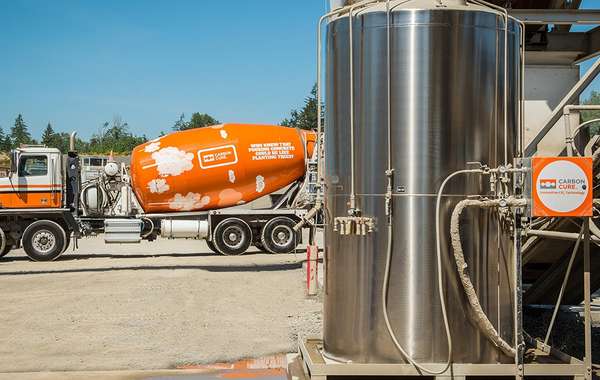This week the International Energy Agency released its report on global CO2 emissions, which totaled 33 gigatons of carbon released globally in 2019. And the country with the largest decline in energy-related CO2 emissions was…wait for it…the U.S ! As the 20th Anniversary of Earth day approaches (April 22, 2020), any bit of good news we can share is a good thing.
We must admit a bit of surprise that the best performer this year in reducing climate change-causing emissions was the United States, since most of the US government initiatives we hear about in the news are pretty bleak, and counter to protecting the environment. Initiatives such as – and get ready to cringe - rolling back environmental standards that safeguard air quality, removing pollution controls on streams and waterways, slashing funding to the EPA, cutting funding for clean energy projects, promoting ‘clean coal’ (as if there was such a thing) and, out of that literal dark cloud of pollution comes news the US has cut carbon emissions more than any other country? Awesome. And we really didn’t see it coming.
With the press routinely reporting about climate change-denying U.S. leadership, which has expressed distain for renewable energy, electric vehicles, fuel-efficiency standards, water-efficient fixtures and low-flow toilets, it is truly a marvel that climate-change emissions have dropped amidst that train wreck of environmental stewardship.
So, along with the kudos we are offering the U.S. for their reduction of carbon released into the atmosphere comes a reality check as well. A massive polluter has a lot of room for improvement compared to say, a country that may long ago have acknowledged the climate crisis and has already acted to lower their carbon emissions.
On that note, it should be clear that we give credit for this achievement to the innovators in private industry and the green leadership in individual states, who have made huge strides to fight climate change, despite federal regulations seemingly intended to undermine their efforts.
So, what were the US carbon emissions in 2019?
On a country-wide basis, the US saw a fall of 140 megatons in 2019, or 2.9% of total emissions, to 4.8 gigatons. US emissions have now dropped about 1 gigaton from their peak in the year 2000, which is the largest total decline of any other country over that period.
Most of this decline has been attributed to a 15% reduction in the use of coal in 2019, which happened – ironically and amusingly - during a time when a pro-coal mantra was constantly being shouted from the podium at various campaign events. We draw your attention to that in case the reason why we attach a caveat to our congratulations wasn’t clear.
The drop in US CO2 emissions was more than any other country in the world in 2019, which helped keep the total global carbon emissions from growing past 2018's record-breaking high of 11.7 gigatons.
Climate Change Action in the U.S.
In the U.S., by Dec 2019, four hundred and twenty-seven cities have signed the Mayors National Climate Action Agenda.
Additionally, we can attribute this improvement to the United States Climate Alliance, a bipartisan coalition of States and unincorporated self-governing territories in the United States committed to upholding the objectives of the 2015 Paris Agreement on climate change within their borders. By achieving the U.S. goal of reducing greenhouse gas (CO2 equivalent) emissions 26–28% from 2005 levels by the year 2025, they have exceeded the targets of the federal Clean Power Plan. This group of States has now grown to 24 members.
New York City was in the news earlier this year when it passed a resolution requiring extraordinary energy-performance gains from the city’s largest commercial buildings by 2030.
It is quite clear that municipal and state governments are moving towards reducing carbon emissions even if US federal leadership isn’t currently supporting this view. However, while operational carbon is important, what we have mostly concentrated on to date as a climate change prevention strategy only addresses part of the carbon reduction challenge; it does little to address the carbon contribution of the built environment.
Calculating and optimizing a building's embodied carbon must be greater part of the equation moving forward. We must have responsible construction since the planet's urban centres are anticipated to grow rapidly over the next 30 years.
The state of global carbon emissions in 2019:
In spite of the overall bleak-looking numbers, the IEA considers these findings to be ‘grounds for optimism,’ considering that total emissions hadn’t risen despite the global economy having grown by 2.9 percent. For the Agency, this suggests that economic prosperity and mitigating climate change don’t have to be mutually exclusive. Let’s hope!
If you have an opinion, we'd love to hear it in the comments section below.































Comments (0)
Sign Up to Comment